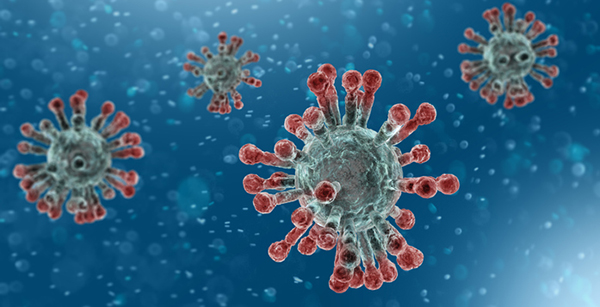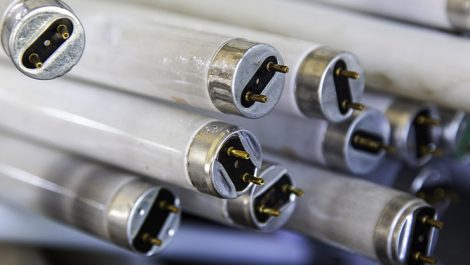Whatever the calculations of governments and citizens around the world, whatever our wishful thinking and convincing denials, we won’t be out of this for a long time. The Coronavirus and its devastating effects on our economies, businesses and lives is forcing people to rethink how their worlds function. For businesses, sustainability would appear to be taking a backseat to bigger problems of revenue generation and staffing levels.
The next bit of how businesses cope as Covid infections continue to spread, will be a rethink of costs and improved process control. Both of these can lead to more sustainable operations. Manufacturers in the graphics industry have developed the tools to make further automation possible, especially in distributed environments. Global Graphics for instance is warming up to announce Harlequin 13, a timely nomenclature for 2020 but probably not unlucky for the company.
Global Graphics’ Harlequin technology is one of a handful of nonAdobe PostScript and PDF Raster Image Processing (RIP) technologies to have survived the PostScript wars of the late eighties. It is the only clone RIP able to outpace the Adobe technology so it figures in many digital front ends (DFE) for high volume, high quality print output. The new version adds features for large format output, for instance for interior décor prints, textiles and corrugated packaging. To process massive TIFFs, JPEGs and PDFs the technology now features snazzy tiling tools, and the RIP will also directly output PNG files, with enhanced sizing controls for all supported file formats. Global Graphics is also improving support for larger digital front end systems with for instance multiple RIPs on a single server for higher throughput volumes. This is one of many examples of process automation that will improve the graphics industry’s environmental footprint. It’s especially helpful for very large format applications where mistakes can be expensive and wasteful.
Another manufacturer that comes to mind is Koenig & Bauer with its robotic plate changing technologies introduced as part of its pre-non-drupa sessions. These two examples are harbingers of where the graphics industry is heading: automation, leaner businesses controlled and managed for optimum efficiency for minimised emissions and waste.
But there is still plenty of fat to cut, particularly in supply chains. The demise of Bertram’s, once a major connection for book distribution, might encourage book publishers to rethink their production models. It will be the publishers who have been worst hit by the pandemic who start thinking along these lines. Bertelsman for instance has seen a fall in revenues of 8.9% in its first half, and although the breadth of its portfolio is sufficient to give the company some buffers, such a drop will have the head honchos scratching their heads, either for raising revenues or cutting costs. Either way leaner supply chains and more automation, printing close to points of use and so on, will have a positive effect on the industry’s carbon footprint.
– Laurel Brunner
This article was produced by the Verdigris Project, an industry initiative intended to raise awareness of print’s positive environmental impact. This weekly commentary helps printing companies keep up to date with environmental standards, and how environmentally friendly business management can help improve their bottom lines. Verdigris is supported by the following companies: Agfa Graphics, EFI, Fespa, Fujifilm, HP, Kodak, Miraclon, Ricoh, Spindrift, Splash PR, Unity Publishing and Xeikon.





